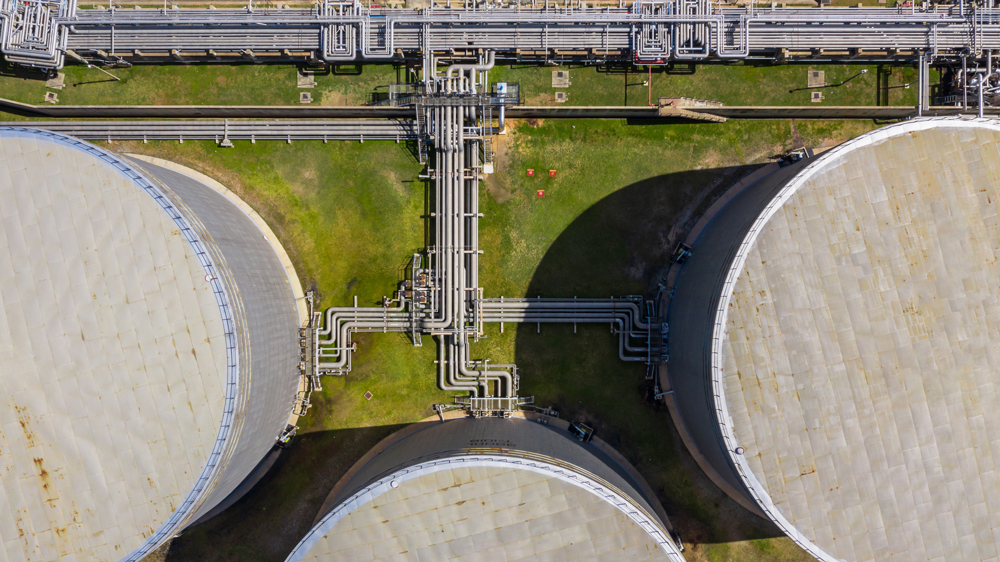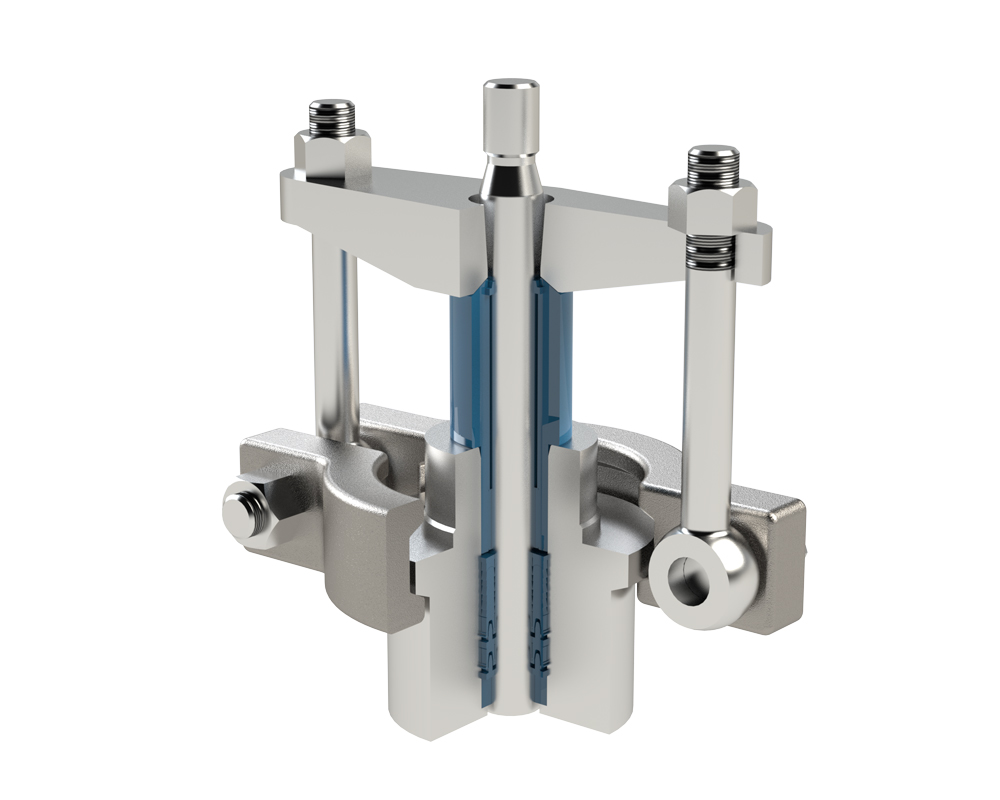January 2024, Vol. 251, No. 1
Features
Getting a Grip on Fugitive Emissions
By Mary Loftus, Senior Research and Development Engineer, IMI CCI
Better tracking is needed to tackle fugitive emissions, but this is only one part of the puzzle. Fortunately, new packing sets are beginning to address a long-overlooked problem for heavy industry.
If you cannot measure it, you cannot improve it.1 This quote was often attributed to Lord Kelvin, the 19th-century mathematician and engineer who sought to explain the importance of accurate recorded values.
While the true origins of famous quotes are often disputed, the principle usually rings true. This is certainly true in Lord Kelvin’s discipline and explains why fugitive emissions remain such an intractable problem for heavy industry.
Defined as the unintentional release of volatile organic compounds (VOCs) from pressurized equipment, they are responsible for a significant percentage of global greenhouse gas emissions.
Some estimates place the figure at about 5%,2 which may seem small, but the true figure is likely much higher. Emissions of this kind are not calculated during product design, nor are they anticipated by the businesses that end up using approved components. This allows major leaks to go undetected by standard monitoring devices, hence the term “fugitive.”
Identification and measurement are an important first step for tackling fugitive emissions, but they do not address design flaws that lead to leaks. This is a problem because control valves account for about 60% of total emissions. In refineries, this value can increase to 70%, though may only come from 1% of a facility’s total installed assets.3
In almost all cases, the root cause of leaks is poor maintenance and incorrect assembly. Keeping on top of valve systems requires intensive manual maintenance and regular checks, usually involving staff physically tightening bolts on standard valves. This takes some time and is also expensive.
Blind Threats
Sustainability is without question the main reason regulators are now paying closer attention to unintended leaks, particularly where methane gas is involved. It’s well known the gas is more problematic for climate change, being eighty-four times more potent than carbon dioxide over a 20-year window. Methane leaks from Turkmenistan’s two main fossil fuel fields, for example, caused more global heating in 2022 than the UK’s entire carbon emissions over the same period. Experts believe these events could be easily fixed with the right infrastructure.4
This is a notable case, but it shouldn’t take sole responsibility. Fugitive emissions are a global problem that have been untracked and overlooked by most businesses since the 1950s, when the world’s economy began to require far more heat and electricity.
This situation is now changing as ambitious climate targets take center stage. Arguably, the most notable is the Global Methane Pledge that emerged following the COP26 summit. This seeks a collective effort to reduce global methane emissions by at least 30% from 2020 levels by 2030, which could eliminate over 0.2˚ C warming by 2050.5
Air pollution is another key driver for tackling fugitive emissions. Given their ‘blind’ nature, large volumes of hazardous gases can build up unnoticed within industrial facilities and the local areas that surround them.
Ground-level ozone is a common secondary pollutant, forming when NOx and other VOCs react in the presence of heat and sunlight. Smog accelerated by ozone causes hundreds of thousands of deaths each year. Fugitive emissions can also lead to local contamination of plant air with hazardous gases, such as hydrogen sulfide.
Testing Hurdles
Despite increased scrutiny in recent years, testing designed to tackle the ill effects of fugitive emissions has been in place for some time. The American Petroleum Institute (API) has created its own set of standards following the Clean Air Act in 1990. These include API-622, API-624 and API-641. The latter two are designed for rising stem and quarter-turn valve designs, which see products subject to hundreds of mechanical cycles with no stem seal adjustments allowed during testing.
There are several historical standards, including ISO-15848-1 and 2, ANSI/ISA S93.00.01, ANSI/FCI 91-1, TA-Luft / VDI 2440, Shell SPE 77/300 and Shell SPE 77/312.
However, industry has slowly moved to recognize ISO 15848-1 as the guide for control valves. This is a welcome change, as there was little correlation between each standard due to the awarding organizations being independent and self-governing.
Shell SPE standards, for example, do not address control valve fugitive emission prototype testing but instead, refer to ISO 15848-1. This move towards one internationally recognized standard has been helpful for manufacturers to determine and qualify the best solution to tackle fugitive emissions.
Simplifying the Seal
Novel designs are beginning to address some of the issues found in many valve packing solutions – the set of rings placed around the valve shaft or stem to create a seal.
There are many causes for packing failure, some more avoidable than others. These include incorrect material selection that is insufficiently resistant to medium corrosion, high pressure, and different operating temperature ranges, as well as incorrect installation and general wear and tear.
Valves used for flow control – particularly rising stem – tend to run into problems quicker than standard on/off variants due to constant modulation, so it is essential to choose a solution tested to the right number of cycles. EEEasy-Seal, a trademark for CCI Valve Technology GmbH (IMI CCI Vienna), is a packing set certified to ISO-15848-1.
Live loading is another area where IMI has improved packing performance, even under the severe operations conditions found in oil and gas facilities. Many older valve-packing designs are loaded with external springs. This can lead to significant additional friction and may eventually affect valve resolution.
Typically, the live load applied via external springs is higher than the internal hydraulic pressure, causing seals to forcibly compress against a much larger contact area. Instead, the E packing set is live loaded via an internal spring, using the hydraulic pressure to energize the seal optimally. This keeps the contact area within specification and significantly lowers friction, creating a more robust solution requiring far less maintenance.
IMI’s optimized design has been used in industrial applications with success for several years, having been fitted in over 1,500 valves with no reported leaks. While fugitive emissions can never be eliminated, these types of novel packing systems are beginning to turn the tide on what has often been described as a “blind spot” for industry.







Comments